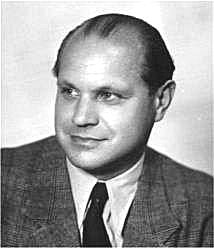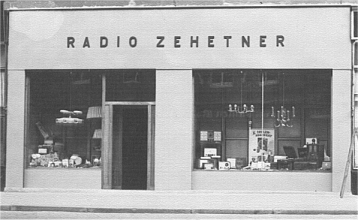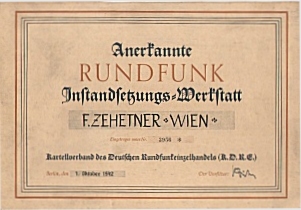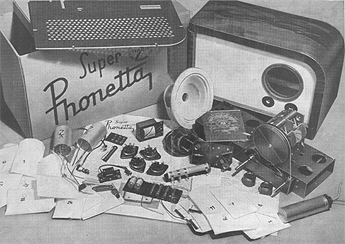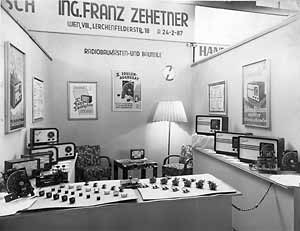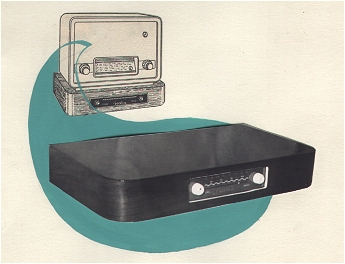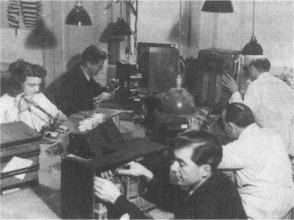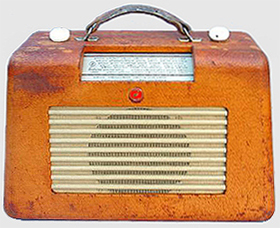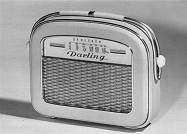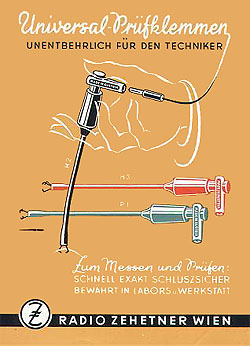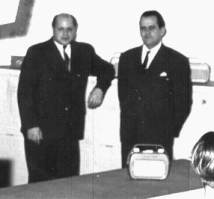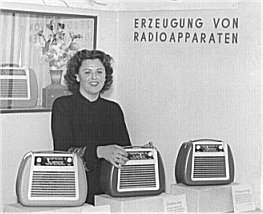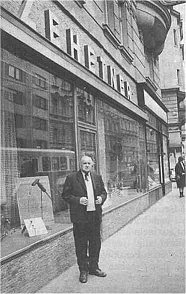As
an assistant, he was resposible for splicing and positioning cables. It
was not exactly the career this ambitious technician had hoped for, but
it meant a steady position at a time of little job security.
But
soon people at work began to take notice of their young colleague and
increased his resposibilities: he was permitted to solder during the assembly
of appliances.
|
First Experiences Abroad
One
day Zehetner was called in to see his boss, Engineer Eltz, who
asked him whether he possessed a passport. As he didn't, he was given
2 days off to acquire one. He then accompanied his boss to the Czech Republic
to repair the Duke of Liechtenstein's radio. It's hard to imagine nowadays,
but this was the custom in those times. Shortly thereafter, he found himself
abroad once more, this time with member of the board Mr. Zerdik,
with whom he soon became friends. They visited customers in Poland, making
repairs again. As a result of his thorough technical knowledge and motivation,
Eng. Zehetner was soon sent on business trips alone.
When
Mr. Zerdik went independent, the young technician joined him in the new
company. During high periods they produced up to 150 radios a day in two
shifts - at that time an admirable accomplishment. However, they not only
manufactured machines sold under their name but also ones sold under the
name of Horniphon and Philips. When Zerdik threw the towel
in 1936, Eng. Zehetner took over the Repair Company.
|
